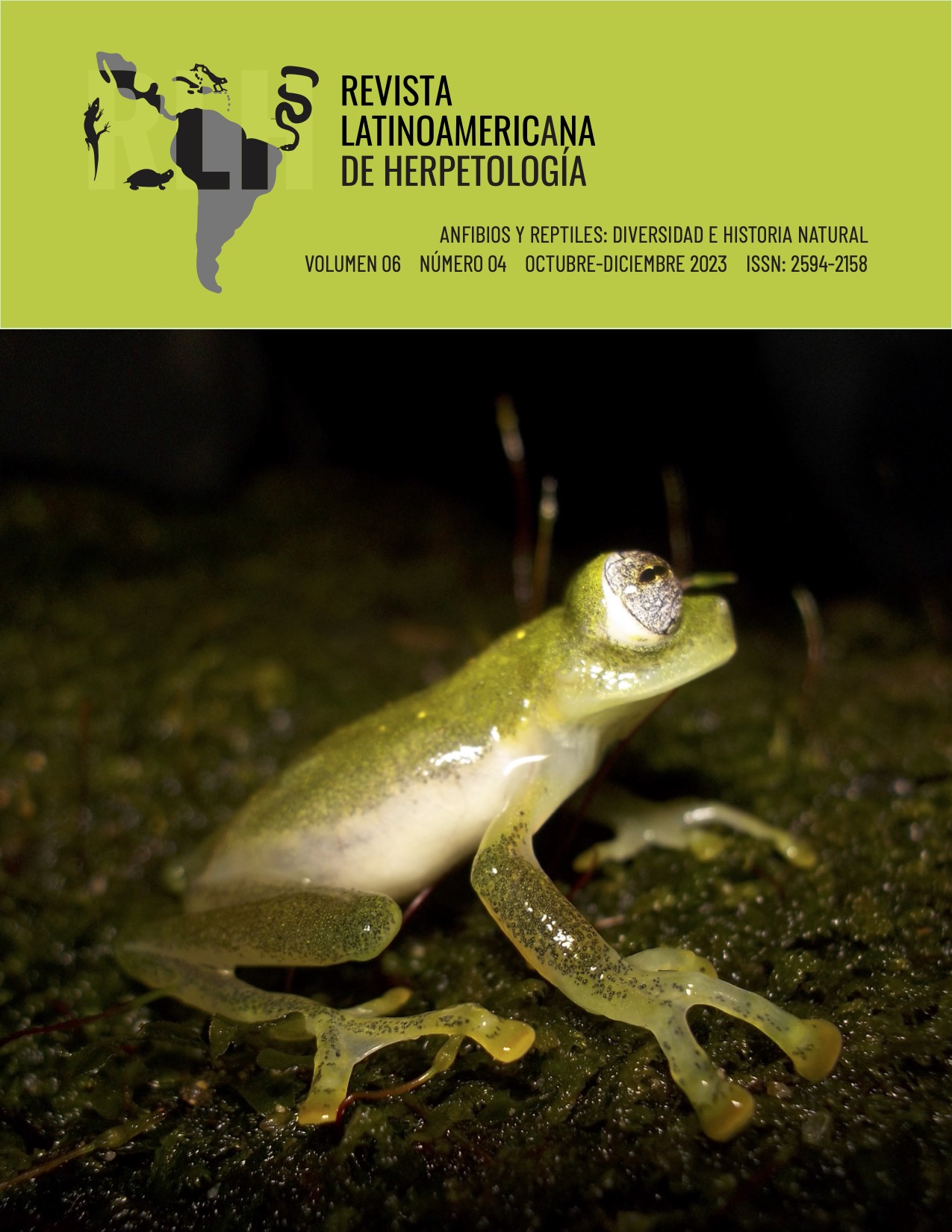A BRIEF REVIEW OF LIMB ANOMALIES IN LIZARDS AND PRESENCE OF ECTRODACTILY IN Aspidoscelis costatus (SQUAMATA: TEIIDAE)
DOI:
https://doi.org/10.22201/fc.25942158e.2023.4.817Keywords:
Balsas Basin Whiptail, loss of digits, lizard, Mexico, morphological anomalyAbstract
Whiptail lizards have been reported to survive serious wounds inflicted during collection by humans and failed predation attacks. Thus, it appears that these lizards can survive a variety of limb-specific injuries, though rapid movement is a key adaptation in many teiid lizards. We herein review the little-known subject of extremity abnormalities in lizards stimulated in part by discovery of the first profound naturally occurring limb anomaly among hundreds of lizards of the genera Aspidoscelis and Cnemidophorus (Family Teiidae, Order Squamata) examined from the Americas. It seems likely that such a severe impairment would negatively affect survival by reducing mobility; however, that assumption requires further study. Although we term the condition described herein as severe ectrodactyly within an adult female of Aspidoscelis costatus costatus (Balsas Basin Whiptail), it is possible that the condition resulted from either a predation attempt or other environmental occurrence.
Downloads
Published
How to Cite
Issue
Section
License
Copyright (c) 2023 Revista Latinoamericana de Herpetología

This work is licensed under a Creative Commons Attribution-NonCommercial-ShareAlike 4.0 International License.







